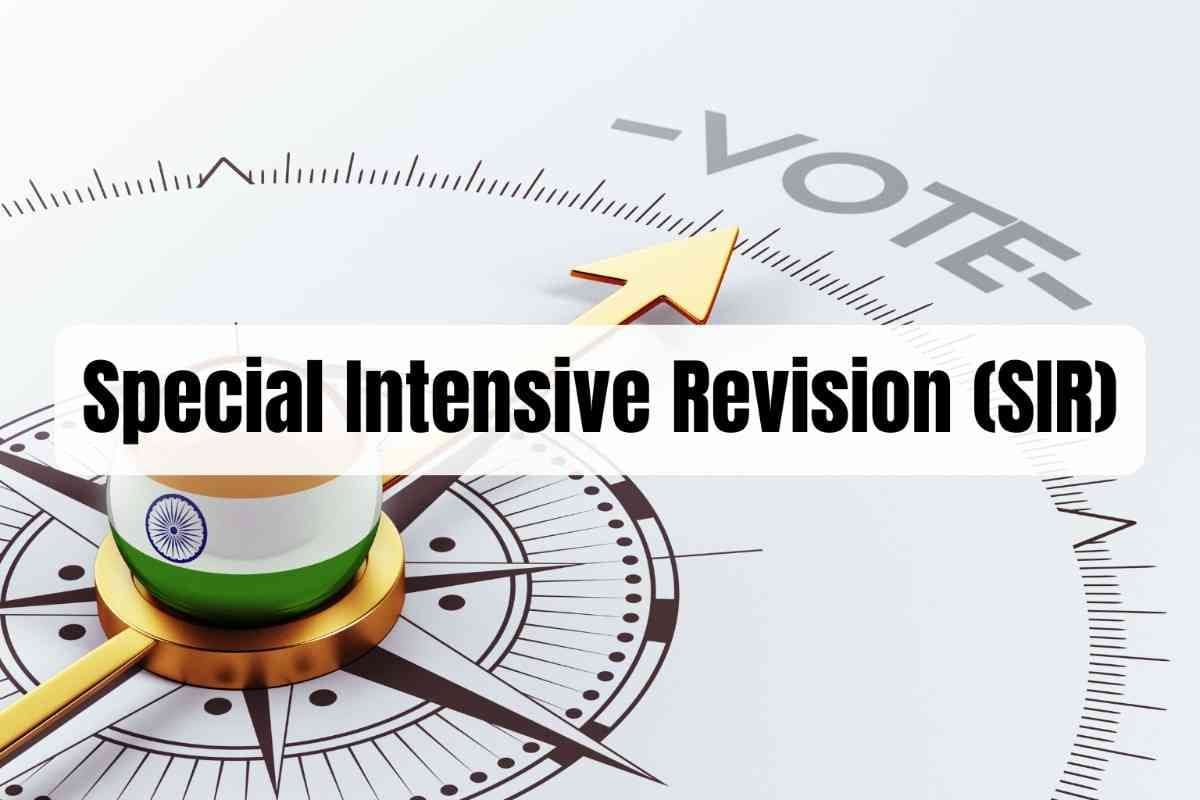Current Affairs 2025 - Ensuring Dignity and Welfare for India’s Migrant Workforce
Feb, 2025
•3 min read
Why in News?
The government's 'One-Stop Solution' initiative under the e-Shram Portal aims to integrate social security schemes for India's 300+ million unorganized workers, addressing the challenges of interstate portability and welfare access.
Introduction
Migration remains a cornerstone of India's economic engine, with over 450 million internal migrants contributing significantly to urban and industrial development. However, the COVID-19 pandemic exposed the systemic vulnerabilities of this population, including lack of social security, poor working conditions, and policy gaps. While initiatives like the e-Shram Portal and One Nation One Ration Card (ONORC) aim to address these issues, structural challenges persist. Bridging these gaps is vital for achieving the vision of ‘Viksit Bharat’ (Developed India) by 2047.
1. Who Are Migrant Workers?
- Global Definition: The International Convention (1990) defines a migrant worker as anyone engaged in remunerative work in a foreign state.
- Indian Context: Under the Inter-State Migrant Workmen Act (1979), a migrant worker is one recruited through a contractor for employment in another state.
- Types of Migrants: Seasonal, inter-state, and intra-state workers in informal sectors like agriculture, construction, and domestic work.
- Demographics: The PLFS (2021-22) shows that 80% of India's workforce is informal, with migrants forming a significant share.
- Vulnerability: Women, children, and marginalized groups among migrants face higher risks of exploitation and exclusion.
2. Push and Pull Factors of Migration
Push Factors:
- Rural Distress: Unemployment, disguised labor, and poverty drive migration. Rural unemployment was 7.8% in April 2024 (CMIE).
- Climate Impact: 68% of cultivable land is drought-prone; Cyclone Amphan displaced 2.4 million in 2020.
- Social Injustice: Caste-based discrimination, violence, and lack of opportunities compel migration.
- Healthcare Deficiencies: Shortfalls of 79.9% in rural CHC specialists push families to cities for better facilities.
- Conflict Zones: Insurgency in northeast India and Naxalite activities force displacement, e.g., Manipur violence (2023).
Pull Factors:
- Urban Job Creation: Cities contribute 75% to GDP by 2030, driven by industrialization and schemes like PM Gati Shakti.
- Better Amenities: Access to quality healthcare (63.5% urban beds) and education (urban literacy: 87.7%).
- Social Mobility: Anonymity and reduced caste-based constraints allow opportunities in urban areas.
- Global Exposure: Cities like Bengaluru and Mumbai attract talent with IT jobs and international companies.
- Improved Livability: Smart Cities Mission upgrades infrastructure, attracting skilled and unskilled labor.

3. Legal Framework and Government Initiatives
Key Legislation:
- Inter-State Migrant Workmen Act, 1979: Mandates registration and regulation of contractors and workers.
- Labour Codes (2020): Introduced under the OSH Code, Social Security Code, and others for improved protection.
Central Government Efforts:
- e-Shram Portal: Database of unorganized workers, linked to welfare schemes.
- ONORC: Ensures food security across states.
- Affordable Rental Housing Complexes (ARHC): Provides low-cost housing for migrants.
- PM Garib Kalyan Yojana: Extends food and financial assistance.
- Draft National Migrant Labour Policy (2021): Focuses on interstate welfare harmonization.
State Initiatives:
- Kerala: Facilitates data collection and grievance redressal through migrant help desks.
- Jharkhand's SRMI: Tracks and monitors migrant labor flows systematically.
- Tamil Nadu: Extends healthcare benefits to inter-state migrants.
4. Challenges Faced by Migrant Workers
- Lack of Social Security: Informal sector dominance (90% workforce) limits access to EPF, health insurance, and pensions.
- Wage Exploitation: 64% of migrant workers did not receive full wages during COVID-19 lockdowns.
- Housing and Livability: 236 million urban dwellers live in slums, facing sanitation and infrastructure deficits.
- Gender Inequities: Female migrants face sexual harassment, wage gaps, and childcare challenges.
- Documentation Barriers: Lack of voter ID portability and access to welfare schemes like ONORC.

5. Roadmap for Welfare and Integration
Policy Interventions:
- Portable Benefits: Ensure nationwide portability of EPF, health insurance, and welfare entitlements.
- Affordable Housing: Scale up ARHCs near industrial hubs to reduce commute costs and improve quality of life.
- Digitized Delivery: Develop mobile platforms for Aadhaar-linked access to ration, healthcare, and entitlements.
Skill Development:
- Formalization of Labor: Promote contracts and skill certifications under PM Kaushal Vikas Yojana.
- Rural Livelihood Zones: Develop agro-industrial hubs under MGNREGA to reduce distress migration.
Gender Sensitivity:
- Workplace Safety: Strengthen laws against harassment and enable wage parity.
- Childcare Support: Integrate Anganwadi services with urban housing schemes for female workers.
State Collaboration:
- Unified Framework: Establish a National Migrant Policy for state-level coordination.
- Public-Private Partnerships: Leverage CSR for welfare delivery in skill training and housing.

Conclusion
India’s migrant workers are indispensable to its growth story but remain among its most vulnerable. Addressing their challenges requires a multi-pronged approach involving policy harmonization, portable social security, and gender-sensitive interventions. As India progresses towards its ‘Viksit Bharat’ goal, prioritizing the dignity, safety, and inclusion of its migrant workforce will ensure equitable development and social justice.
Weekly News Analysis by SuperKalam
Related Blogs
![Vijay Diwas 2025: Why 16 December is Celebrated [UPSC Current Affairs]](/_next/image?url=https%3A%2F%2Fblog-media.superkalam.com%2FVijay_Diwas_2631842d69.jpeg&w=3840&q=75)
Vijay Diwas 2025: Why 16 December is Celebrated [UPSC Current Affairs]
Dec, 2025
•6 min read

Special Intensive Revision (SIR) of Electoral Rolls: Definition, Objectives, Significance, & Challenges
Dec, 2025
•4 min read

UNICEF Day 2025: 79 Years of Global Commitment to Child Rights & Protection
Dec, 2025
•4 min read